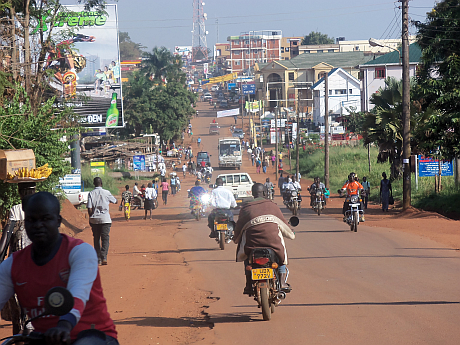

In northern Uganda, local leaders are pushing for Gulu to receive city status. But does the municipality have what it takes to qualify?
By Moses Odokonyero | The AfricaPaper
UGANDA – From atop the Pearl Afrique Hotel, the changing skyline of Gulu town is visible. The thatched roofs of mud and wattle huts that once dotted the edges of the town are no more. The mud and wattle has given way to tiled and iron sheet roofs of new buildings that sprout from the rubble where the huts once stood.
It was a different sight less than a decade ago. Then Gulu was at the epicentre of a vicious conflict pitting the Ugandan government against the rebel Lord’s Resistance Army (LRA). Gulu was a town of the displaced. Fearful of attacks by rebels and bandits, throngs of people flocked to the town, seeking refuge and safety in public places such as hospitals, schools and bus parks. As a result the town’s infrastructure was put under immense pressure.
This changed in 2006 when the Ugandan government entered into peace talks with the rebel LRA in the Southern Sudan capital of Juba. The talks ended inconclusively but nevertheless brought much sought-after peace to Gulu and northern Uganda.
Almost immediately Gulu town with its potholed streets and worn out colonial buildings got a new buzz. Indian traders who had fled came back with gusto and occupied the town centre, opening shops that sell sportswear, phones, computers, generators and even tractor spare parts. Banks rushed to establish branches in Gulu town and there are now 15 banks, whereas there were only two operating less than a decade ago. Traffic on the strategic route linking Uganda via Gulu to South Sudan has also increased, along with the volume of goods transported. As a result, South Sudan has been Uganda’s leading trade partner since 2007.

Telecommunication giant MTN Uganda advertising mobile internet in Gulu town.
Local leaders say if Gulu becomes a city it would lead to an improvement in infrastructure and social services such as safe drinking water and roads. But there are challenges that remain before it gains city status.
Still seeking legal city status
On the streets of Gulu it is common to see banners hanging on shop doors and electricity poles reading “northern city.” There is no doubt that residents consider their town worthy of legal city status but there are questions as to whether Gulu, which considers itself the de-facto capital of northern Uganda, has what it takes to be a city.
Currently, Gulu is classified as a municipality. It is divided into four divisions, each headed by a Division Chairman (who heads the political wing) and a Division Town Clerk (who heads the technical wing). The municipality itself is headed by a politically elected mayor who serves a five-year term.
According to the Local Government Act, a piece of legislation that was passed by Uganda’s parliament in 1997 to introduce the decentralised system of governance, for a municipality to become a city it must have a population of approximately 50,000 people.
The 2002 Uganda population and housing census puts the population of Gulu municipality at 154,300, at that time the second largest population after Uganda’s capital Kampala. However, when the census was conducted a significant section of the population in Gulu municipality had come from elsewhere to escape the armed conflict. And with the end of conflict many have returned to their villages.
However, Gulu’s mayor George Labeja says the municipality has since expanded in size and now has more than the population needed to be a city.
The mayor also says that in 2008 the Gulu district council passed and approved a resolution expanding the size of Gulu municipality to that expected of a city. “The ministry [local government] asked us for 15 justifications why we think we should be a city. We handed it that to them,” said Labeja in an interview.
Infrastructure in need of an upgrade
Historical and geographical positioning may be on Gulu’s side to become a city but that is not the only requirement. A city is also expected to have adequate infrastructure and social facilities such as schools, hospitals, a good road network and markets.
The roads in Gulu municipality that link the divisions and lead to villages in the hinterland are not in a good state. Most, if not all, are made of murram with the exception of a few within the town that have tarmac, which are also not in good condition. Last year locals organised demonstrations to protest the poor condition of some of the roads that had been made impassable as a result of heavy rains.
Wilfred Komakech, a civil engineer who runs a construction and engineering consulting firm in Gulu, says Gulu’s roads need to improve.
“The condition of the roads is generally very poor with high percentage being gravel and/or unimproved roads,” says Komakech. “The few paved roads have also suffered inadequate attention on operation and maintenance leaving most of it having a lot ofpotholes. The development in the road sectors also doesn’t match the rapid increase in traffic.”
The roads are also not well designed and lack planned road parking and have poor drainage, says Komakech. During rainy seasons it is not uncommon for sewer pipes to burst open in the town, sending sewer flowing into the streets. Gulu’s Care Taker Town Clerk, John Oola admits that Gulu’s infrastructure is under pressure and needs improvement:
“The pressure is there but we have a programme to reduce this,” says Oola. According to him, there is already a plan to create four satellite towns, all on the outskirts of Gulu town. Furthmore, says Oola, there are plans to improve Gulu’s facilities.
“The Australian government through Watoto Church [a charity] came up with a structure plan for Gulu municipality. Habitat International has also contracted a firm to come up with a structure plan on how to decongest the town. With these plans Gulu will have a golf course, green belts and other facilities expected of a city,” says Oola.
When it comes to health facilities, Gulu municipality has three major hospitals. These include the Gulu Regional Referral Hospital that serves the northern Uganda region, St Mary’s Hospital Lacor, which is run as a not for profit, and the privately owned Gulu Independent Hospital. There is also the military hospital in the 4th Division barracks of the Uganda Peoples Defence Forces (UPDF), but this is exclusively used by the military and those affiliated with it. To the civilian population the military hospital is mainly known for its mortuary, which unlike the government hospital and health centres, has functioning coolers.
On the existence of health facilities, Gulu based development and management expert Odong Otara, director of Kikomwa Multiconsultants Limited, says Gulu scores well even though gaps in the sector still exist.
“We have the hospitals needed to be a city. All the four divisions in the municipality have health centres, which are distributed according to the population density. But these health centres lack personnel. It is the reason why all patients flock to the Referral hospital.”
Gulu municipality also has an airport that the mayor says will be upgraded to an international airport once Gulu becomes a city. The airport is one of 13 authorised by Uganda’s civil aviation authority to handle flights from neighbouring countries.
Funds for development
For the financial year 2011-2012 Gulu municipality raised 1.7 billion shillings (about $680,000) from local revenue sources, which include market dues, trading licences and property tax among others. Each year, the Gulu Municipality needs 9 to 10 billion Uganda shillings (about $ 4 million) from the central government to run its affairs. The gap between local revenue collected and what is needed to run the town points to a low revenue base and yet a city is expected to significantly meet its running costs.
Despite that, there are indicators that the central government is considering Gulu among the 14 municipalities in the country that will be turned into regional cities. In May, the Uganda government signed a $285 million credit agreement with the World Bank to extend piped water and development of infrastructure in 14 municipalities around the country. Gulu municipality will be one of the municipalities to benefit.
Already a group of influential professional’s and opinion leaders from Gulu have formed the Gulu Development Forum to monitor how funds for this development and others will be used.
“In the past there has been a lot of shoddy work on development projects in Gulu, said forum head Makmot Kitara, former vice chairman of Gulu district. “Our role is to watch this and ensure that every project is implemented as planned.”
Oil benefits
South West of Gulu is Nwoya district. It was only formed in July 2010 yet oil discoveries have been made in the area. Analysts believe with oil discoveries nearby and with Nwoya lacking most basic infrastructure Gulu could end up benefitting more by providing facilities such as hotels.
“Towards conclusion of the war in 2005 Gulu was the fastest growing town in Uganda. The rate of urbanisation in Gulu is very high. Some districts [including Nwoya] don’t have the basic infrastructure. But for Gulu it is a different story,” says Angelo Izama, an investigative journalist and fellow of the Open Society Foundation, researching the oil sector in Uganda.
According to Izama, under a bill that is being discussed in Uganda’s parliament, host districts where oil discoveries have been made could take 7% of oil revenues. If that happens, Gulu, which has better facilities than Nwoya, could see itself benefitting more and consolidating its status as a regional city.
While signs point toward Gulu obtaining city status, this is not yet guaranteed. And if the central government denies Gulu city status that will likely be viewed by those from northern Uganda within the prism of historical animosities that have existed between the north and southern parts of the country. Already, northern Uganda feels alienated from the rest of Uganda. Early this year members of parliament called for northern Uganda to secede from the rest of the country as a result of massive thefts of money meant for post-conflict recovery in the region – an indicator of the existing tensions between north and south.
The AfricaPaper: Many thanks to






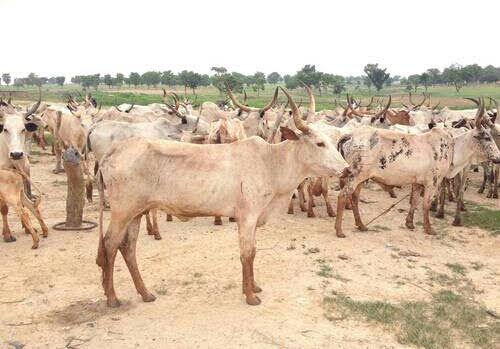
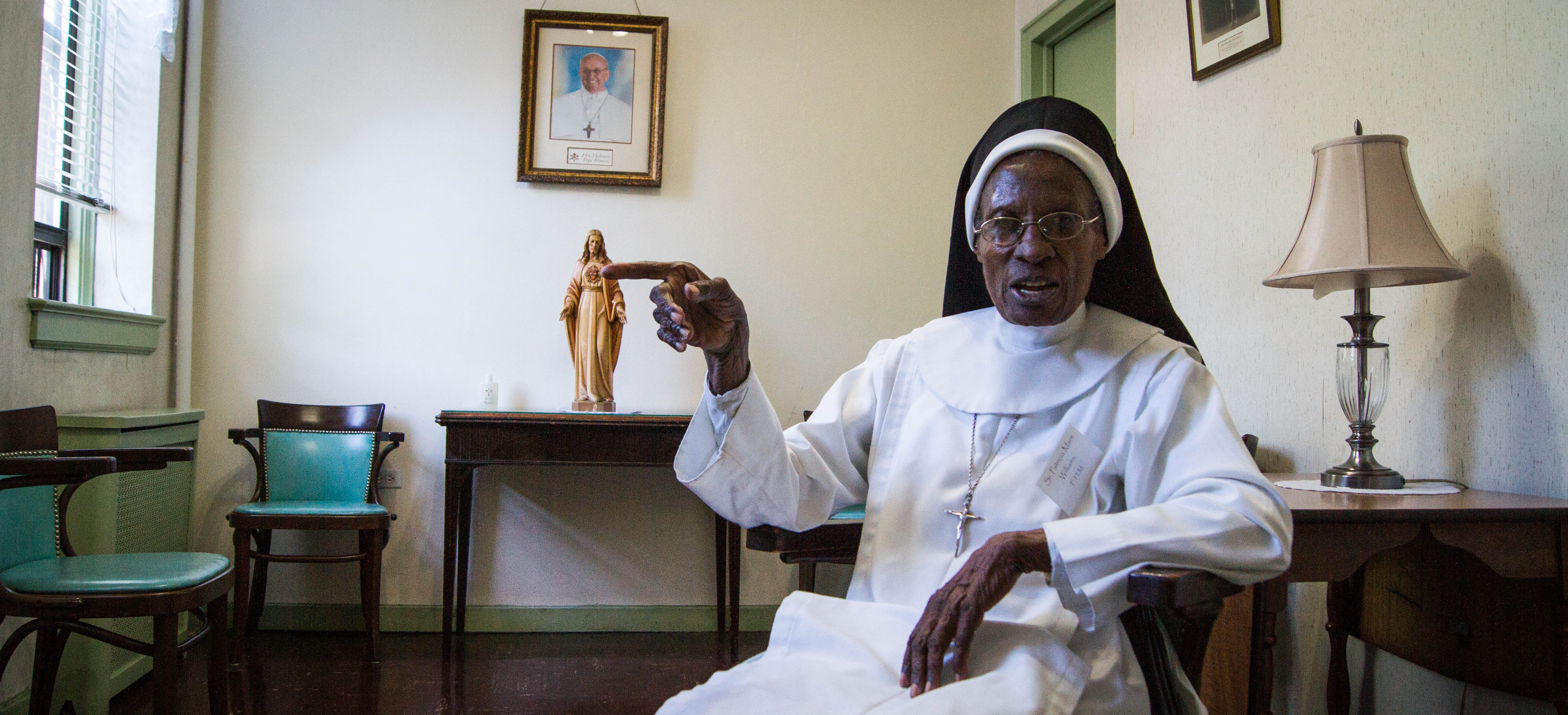
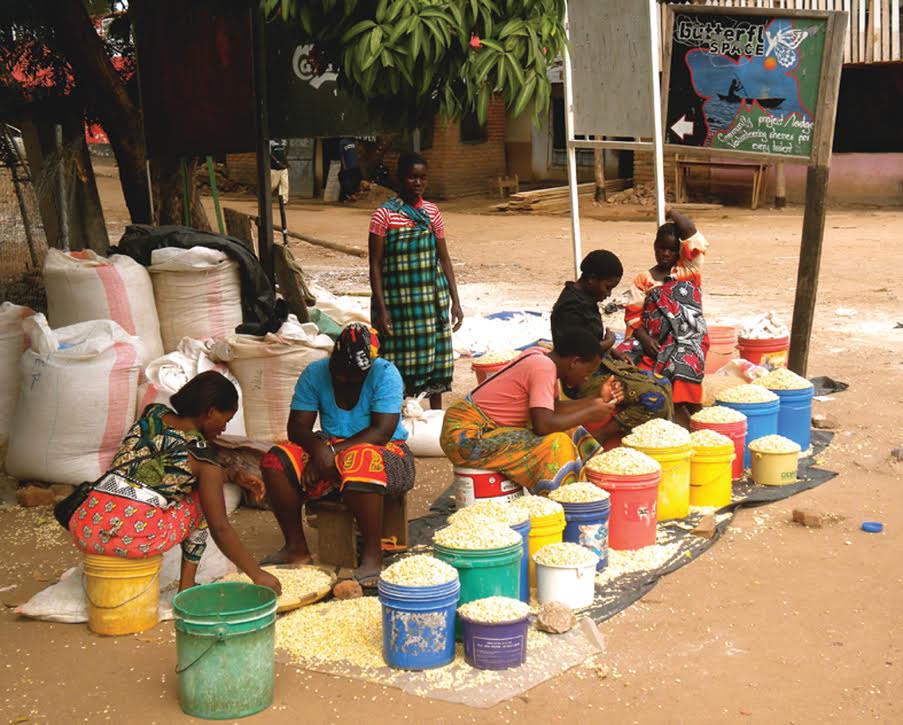
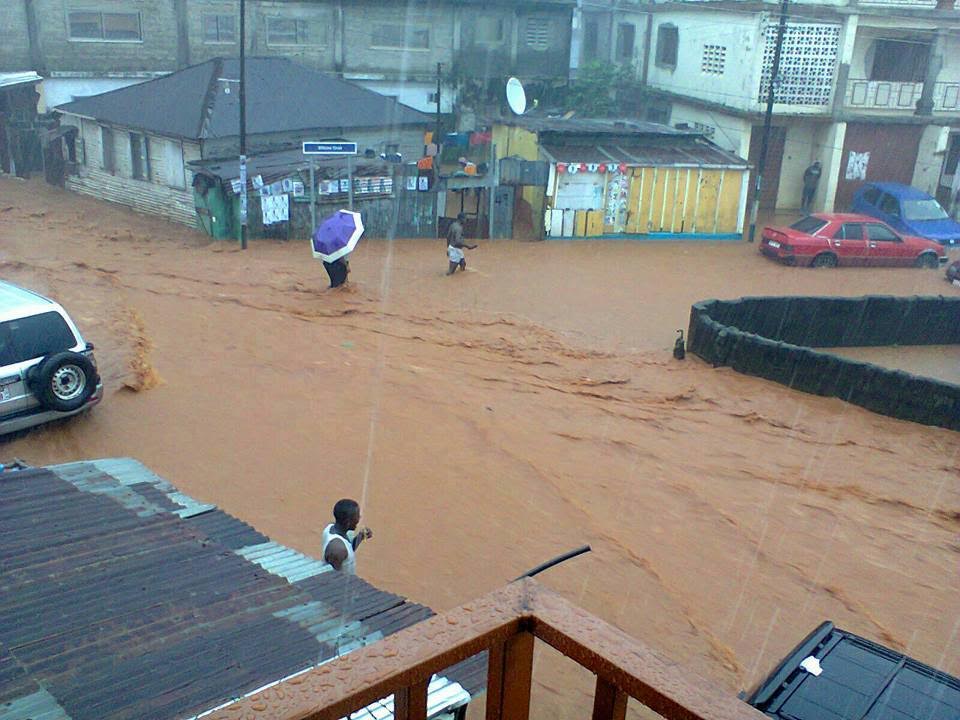
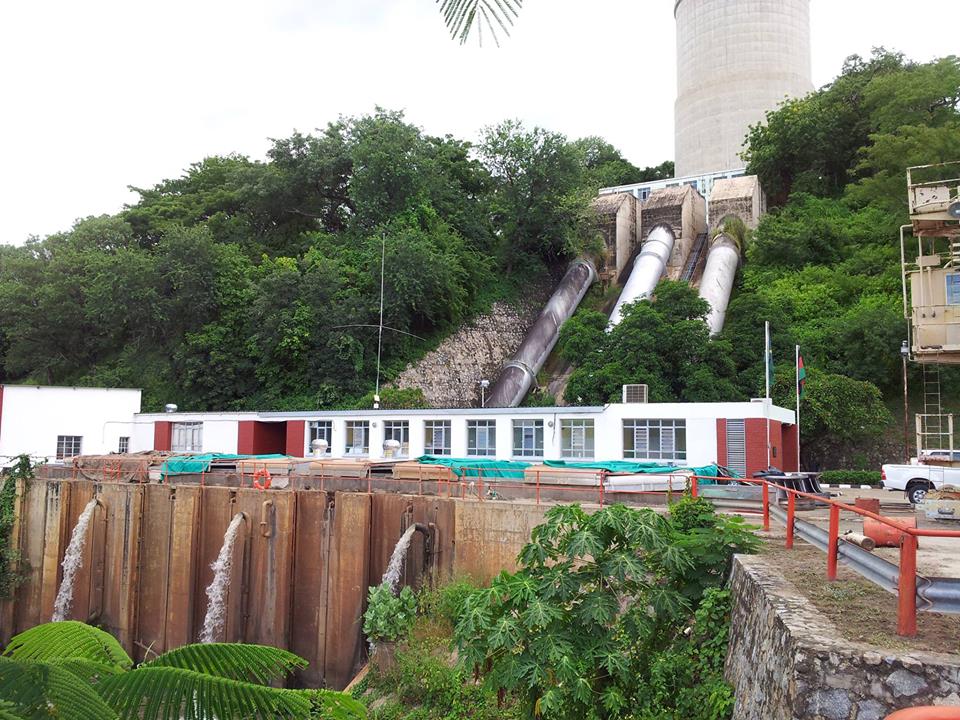




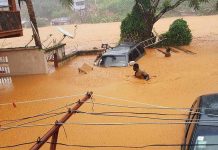
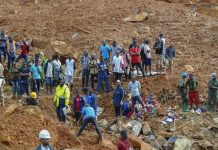
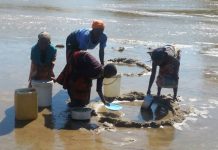
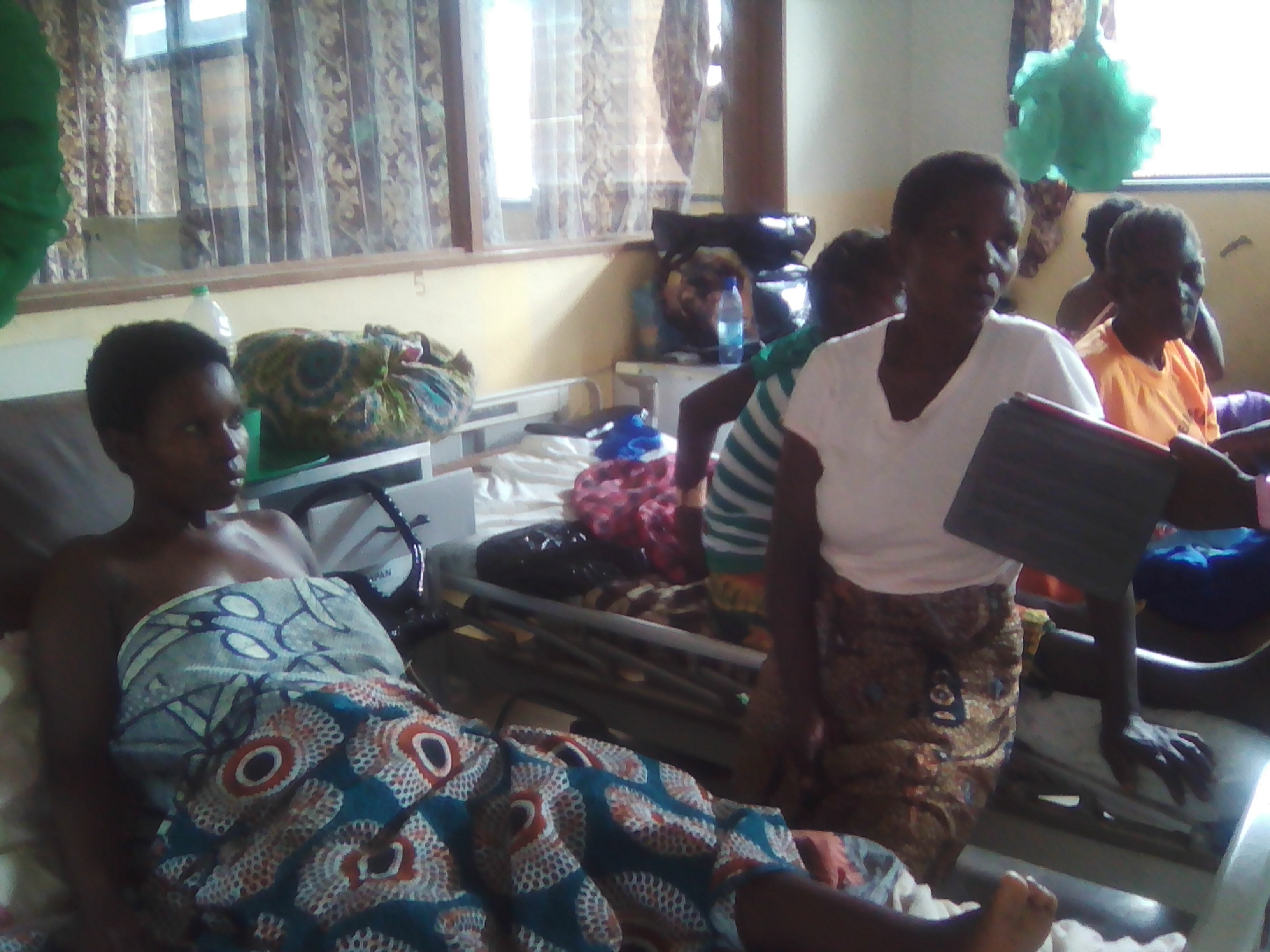
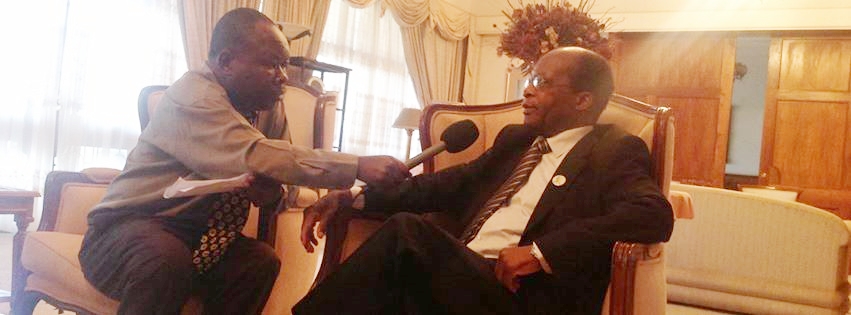

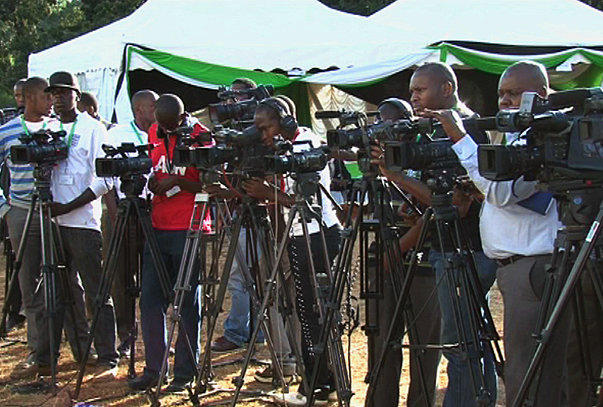

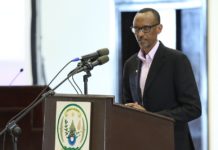


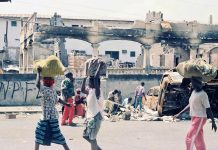
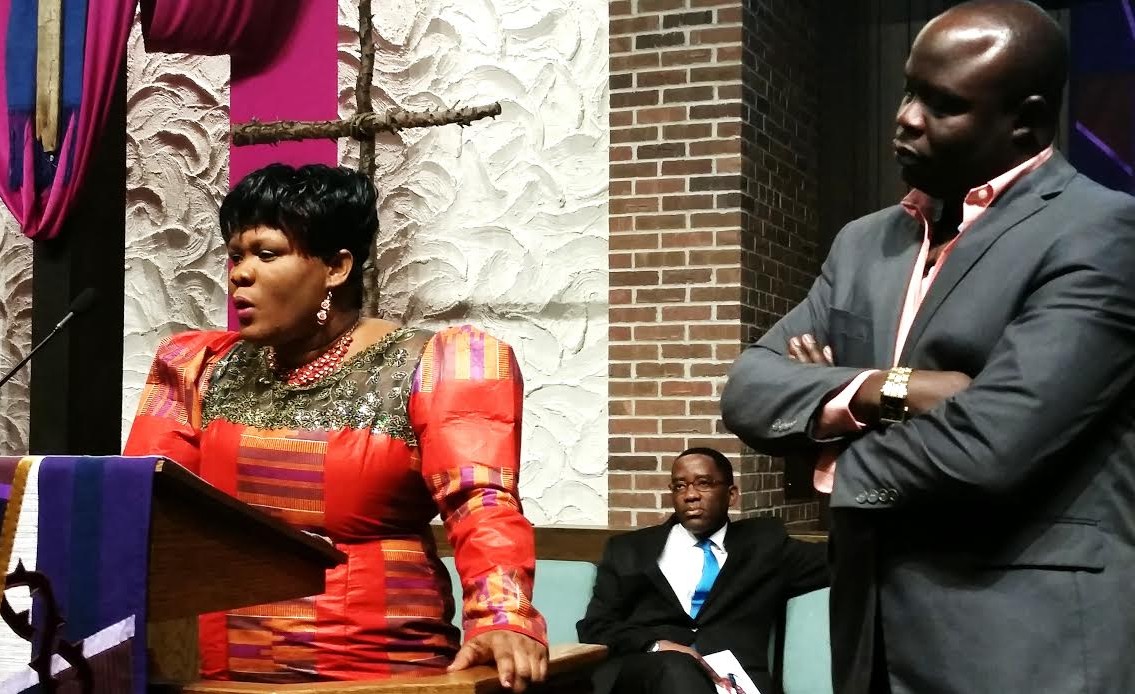


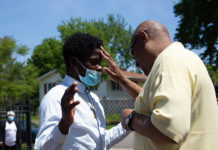
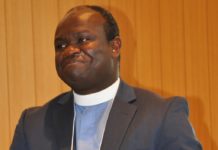
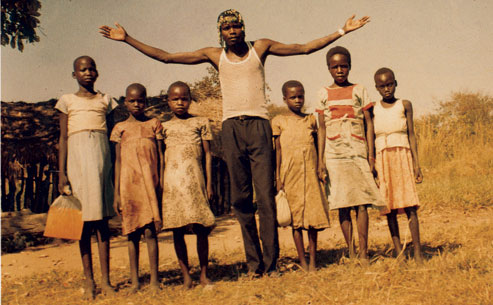
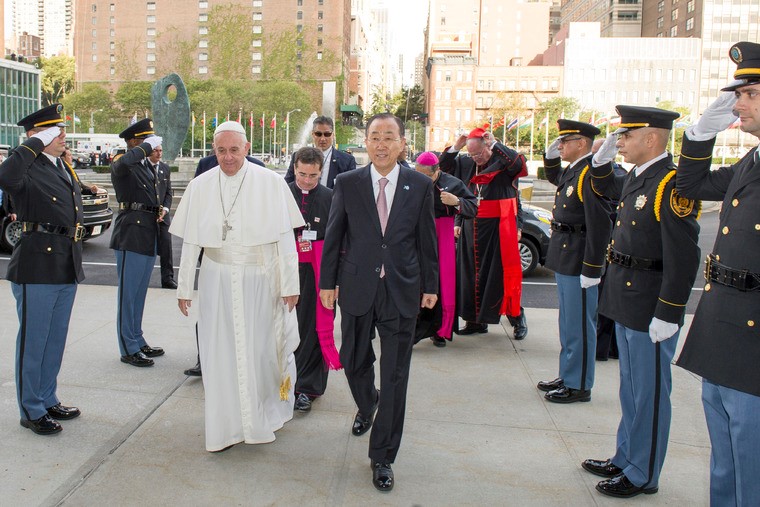







Nice read, I just passed this onto a colleague who was doing a little research on that. And he just bought me lunch because I found it for him smile Thus let me rephrase that: Thanks for lunch!
Comments are closed.